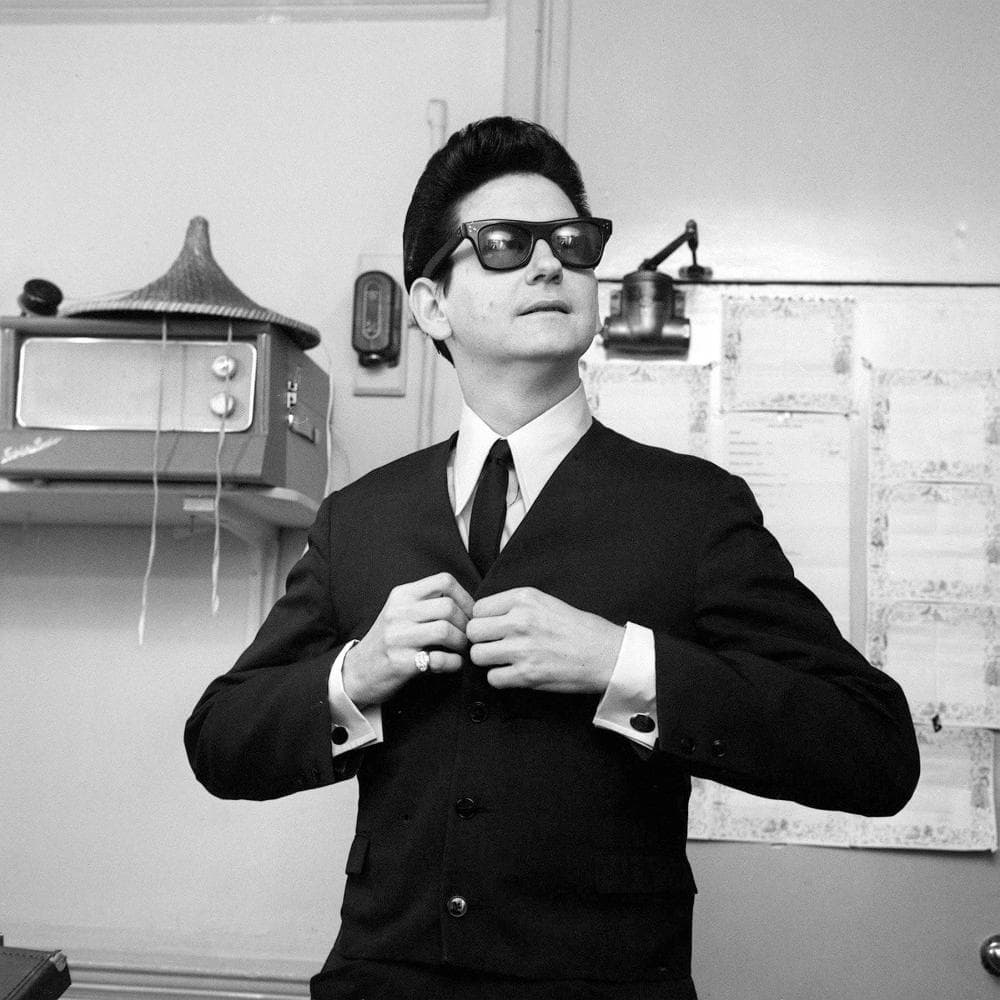
Roy Orbison – Blue Angel
Released in August 1960, “Blue Angel” was a follow-up to Roy Orbison’s breakthrough international hit, “Only the Lonely (Know the Way I Feel)”. The song quickly became a success, peaking at number nine on the Billboard Hot 100 in the United States and number eleven on the UK’s Record Retailer Top 50. Although it did not surpass the success of its predecessor, “Blue Angel” solidified Orbison’s growing reputation as one of the most distinctive voices of his time, thanks to his remarkable falsetto and semi-operatic delivery.
“Blue Angel”, co-written with Orbison’s frequent collaborator Joe Melson, followed the melancholic theme of lost love that Orbison had been exploring. However, where “Only the Lonely” was steeped in self-pity and introspection, “Blue Angel” had a somewhat lighter, more commercial appeal. Musician and writer John Kruth aptly described the song as “a dollop of commercial fluff.” While its lyrics focused on the well-worn theme of teen love, which was common for that era, Kruth pointed out that its charm lay in its “simple but insidious melody.” The song allowed Orbison to showcase his vocal range, with soaring falsettos that added emotional depth to the otherwise straightforward lyrics.
The recording of “Blue Angel” took place in early August 1960 at the iconic RCA Victor Studio B in Nashville, Tennessee, a city that was rapidly becoming a hub for some of the greatest recordings of the time. Orbison’s producer, Fred Foster, was instrumental in creating the sound that defined much of Orbison’s early work with Monument Records. Interestingly, the B-side of the single, “Today’s Teardrops”, was written by a relatively unknown Gene Pitney, who would later go on to have a successful career in his own right.
When “Blue Angel” was first released on Monument Records in the U.S., Orbison was already riding high on the success of “Only the Lonely”. By the time it hit the UK in October 1960, Orbison had become a sensation there as well, with “Only the Lonely” topping the charts. This provided a strong platform for “Blue Angel”, which maintained Orbison’s visibility in both the American and British markets.
Though “Blue Angel” didn’t quite match the cultural impact of some of Orbison’s later, more emotionally complex hits like “Crying” or “Oh, Pretty Woman”, it remains an important part of his early career. The song’s success continued to build Orbison’s reputation as a master of blending heartfelt, operatic balladry with commercial pop sensibilities, creating an unmistakable sound that would make him a lasting icon in the world of popular music.